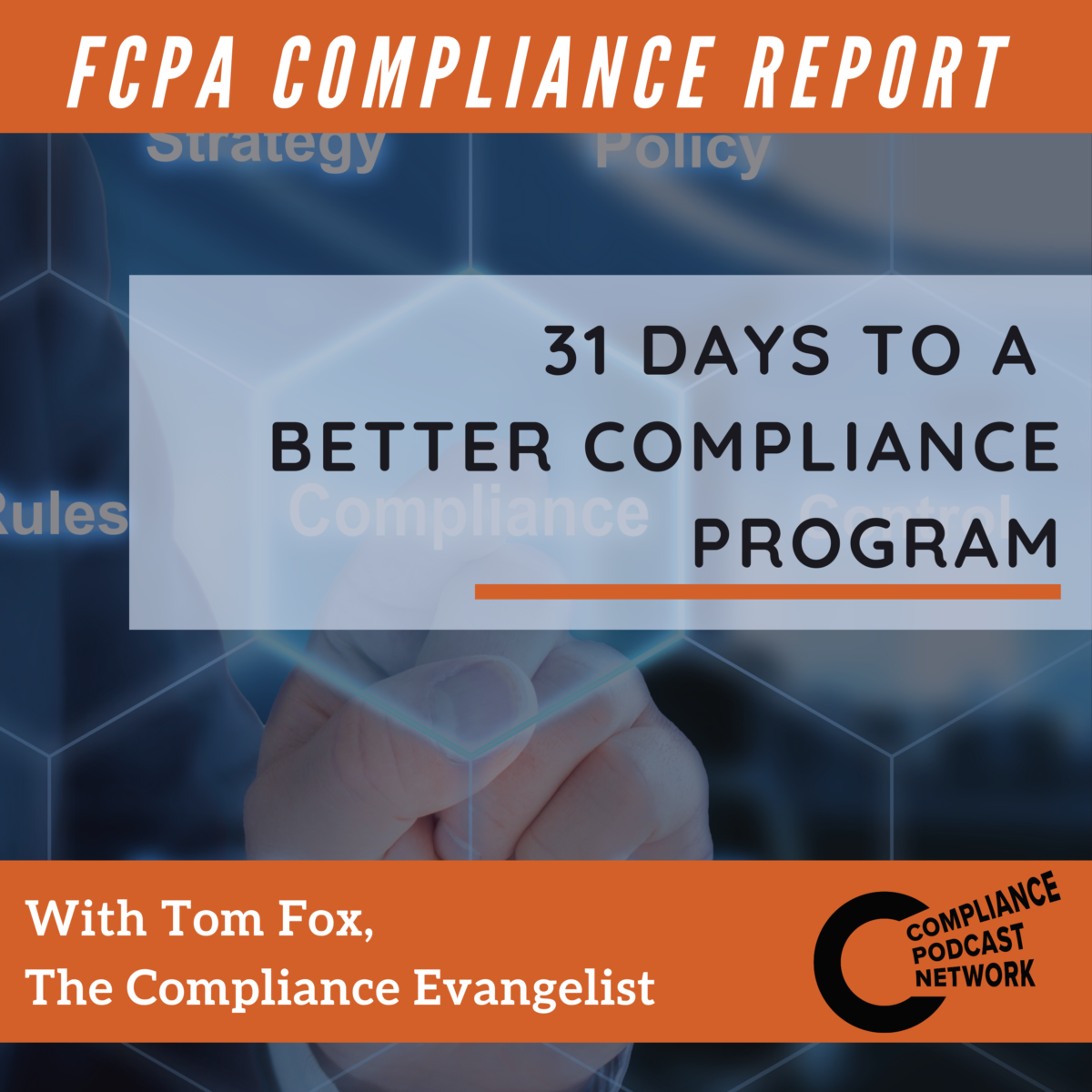Welcome to the Great Women in Compliance Podcast, co-hosted by Lisa Fine and Mary Shirley.
One of the things about social media is that it is always changing and always a challenge for us to address in ethics and compliance. Today, Lisa is speaking with Kortney Nordrum, VP, Regulatory Counsel and Chief Compliance Officer at Deluxe. Kortney has been a thought leader in this area through many changes, or as Lisa thinks of it, “from Facebook to TikTok.”
In this wide-ranging discussion, Kortney provides insight on how to develop effective policies to address the use of social media, particularly if there are inappropriate statements. She talks about the importance of constantly adapting to changes, and how we can use social media in our field. She also shares her views about ephemeral communications like WhatsApp and WeChat, and how to address the concerns that they raise.
These days, no conversation about social media and compliance would not be complete without a discussion of Twitter. Kortney gives her perspective what has happened since Elon Musk took over as well as Twitter’s historic issues with hate speech and incendiary accounts and what we can learn from this as E&C professionals.
The Great Women in Compliance Podcast is on the Compliance Podcast Network with a selection of other Compliance related offerings to listen in to. If you are enjoying this episode, please rate it on your preferred podcast player to help other likeminded Ethics and Compliance professionals find it. If you have a moment to leave a review at the same time, Mary and Lisa would be so grateful. You can also find the GWIC podcast on Corporate Compliance Insights where Lisa and Mary have a landing page with additional information about them and the story of the podcast. Corporate Compliance Insights is a much-appreciated sponsor and supporter of GWIC, including affiliate organization CCI Press publishing the related book; “Sending the Elevator Back Down, What We’ve Learned from Great Women in Compliance” (CCI Press, 2020).
If you enjoyed the book, the GWIC team would be very grateful if you would consider rating it on Goodreads and Amazon and leaving a short review. Don’t forget to send the elevator back down by passing on your copy to someone who you think might enjoy reading it when you’re done, or if you can’t bear parting with your copy, consider it as a holiday or appreciation gift for someone in Compliance who deserves a treat.
You can subscribe to the Great Women in Compliance podcast on any podcast player by searching for it and we welcome new subscribers to our podcast.
Join the Great Women in Compliance community on LinkedIn here.






